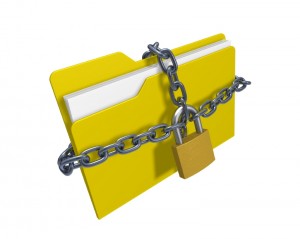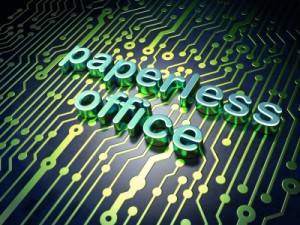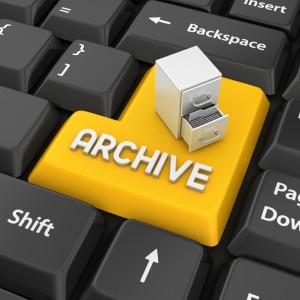In this post I wanted to get to the heart of document management. 
I talk about the benefits of paper, print and digital and, how it impacts our lives.
We continue to generate so much information daily and organisations are deluged with information from invoices, letters, reminders and so forth with all this information how does a company manage to stay above the paper flow?
That is where process automation comes in.
What is process automation?
It is the digitising of any manual process that collects and centralises information within an organisation.
For example an electronic filing system that reduces or replaces administrative tasks to a solution that can streamline whole departments.
Managing the lifecycle of documents and data within a business is the cornerstone to better control, greater visibility, security and efficiency.
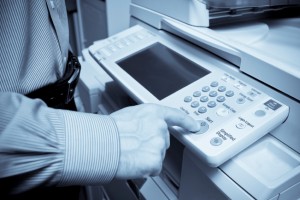 Process automation can be broken down into four key areas each of which can be managed and improved independently of each other or improved as a whole.
Process automation can be broken down into four key areas each of which can be managed and improved independently of each other or improved as a whole.
Data capture – capturing important data is key to any business process. Manual capture or data entry can be time consuming and inaccurate. Automating the capturing of data is quick, efficient and error free. It involves taking the information and scanning documents, collecting key bits of information and then digitising the information.
Document management – this is the heart of process automation. Information and documents are stored in an electronic filing cabinet whereby it can be controlled in a secure and central location.
It is useful for freeing up physical space by storing electronic copies of historical documents and archiving for documents that have completed their life cycle.
Document management enables instant retrieval with indexed rich 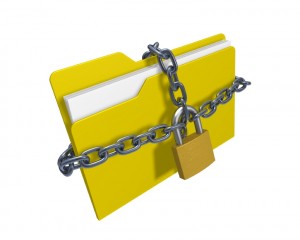 search ability, administrator based access for added document security, traceability for audit control, records management for lifecycle control and integration into other business systems as a central source of data.
search ability, administrator based access for added document security, traceability for audit control, records management for lifecycle control and integration into other business systems as a central source of data.
Workflow – allowing key bits of information and documents to be routed around an organisation giving people accessibility to the documents and the information they need when they need it.
Workflows ensure that the users are updated with any up and coming tasks that need completing this may mean authorisation, payment due, documents missing, invoicing errors.
A simple workflow might be internal documents that are required to be printed routing around an office to a specific printer or copier thus reducing printing and copying costs.
A complex workflow might be creating a document electronically from the point of capture and fully automating it, removing the need for paper and resource required to manage it
 Reporting – the final part of the process which creates and distributes information that give a visual representation of ‘live data’ giving a snapshot in time of that current process.
Reporting – the final part of the process which creates and distributes information that give a visual representation of ‘live data’ giving a snapshot in time of that current process.
Collating accurate data in real time can be impossible when trying to gather information manually.
Reports take time to produce and once published they are quickly out of date.
Electronic reporting allows data to be collected from any source at any stage within a process.
This means with up to the minute accurate reports informed decisions can be made which could be critical for the day to day running of the business.
How can process automation benefit your business?
- Understanding what information is being held and what documents are in the workflow ensures better control and visibility allowing the right people to access the information they need at anytime
- Business functions can be simplified making it easier and more streamlined
- Automation = being proactive = efficiency
- Less reliance on paper and people
- Data can be shared with anyone in your business
- Compliance targets and government legislation are met
- Disaster proof your business processes
That’s it in a nutshell. Process automation involves you taking a hard look at your key business processes, being critical and then looking at areas that can be improved by removing the manual effort and using automation.




